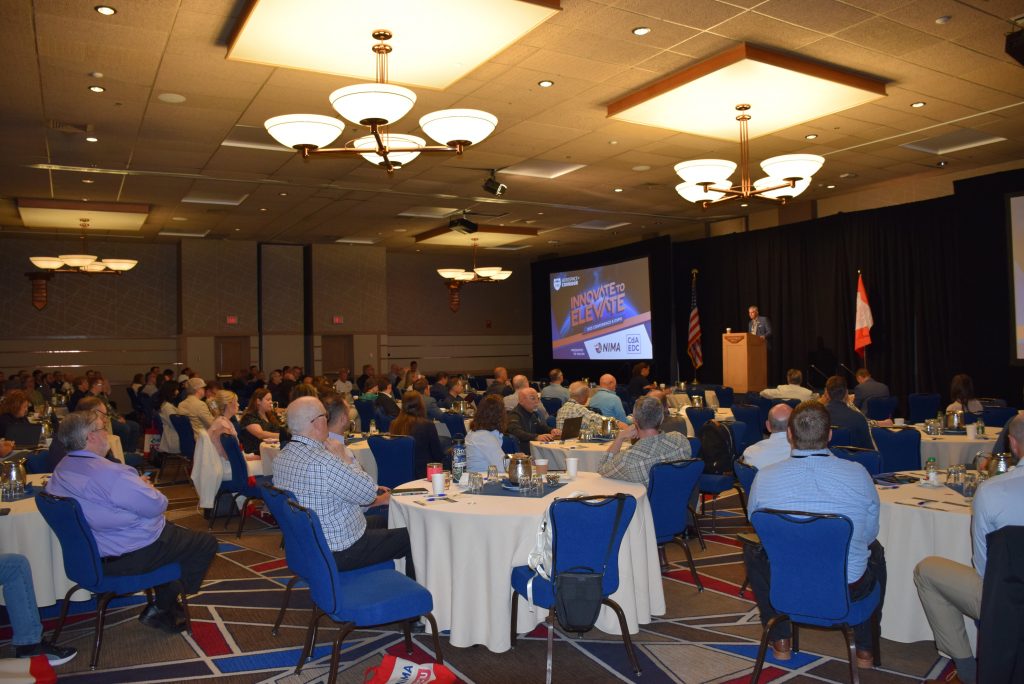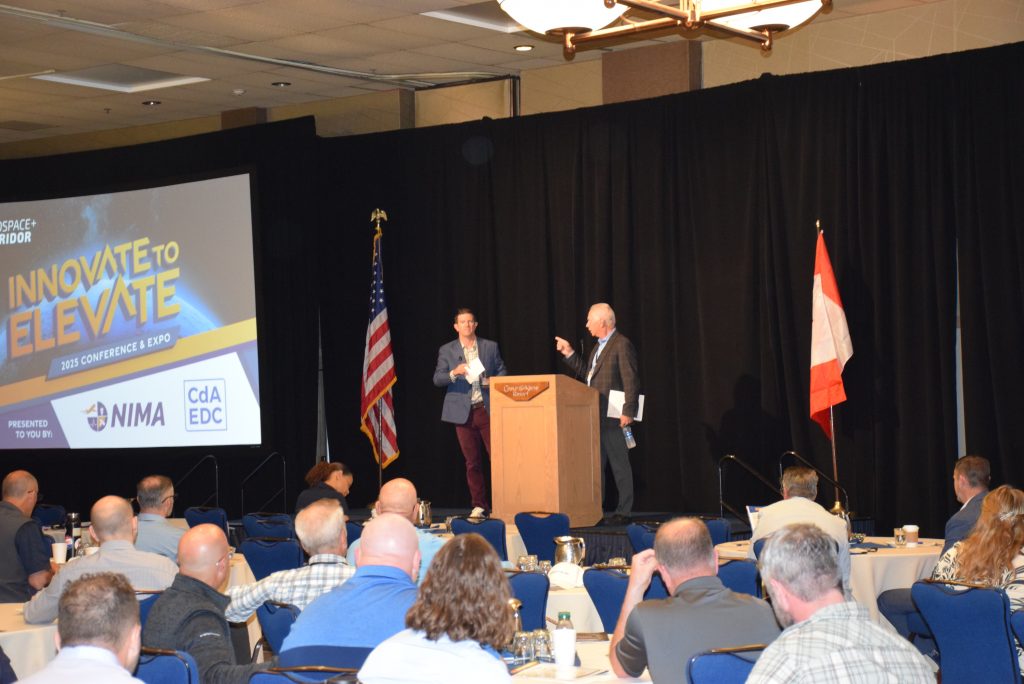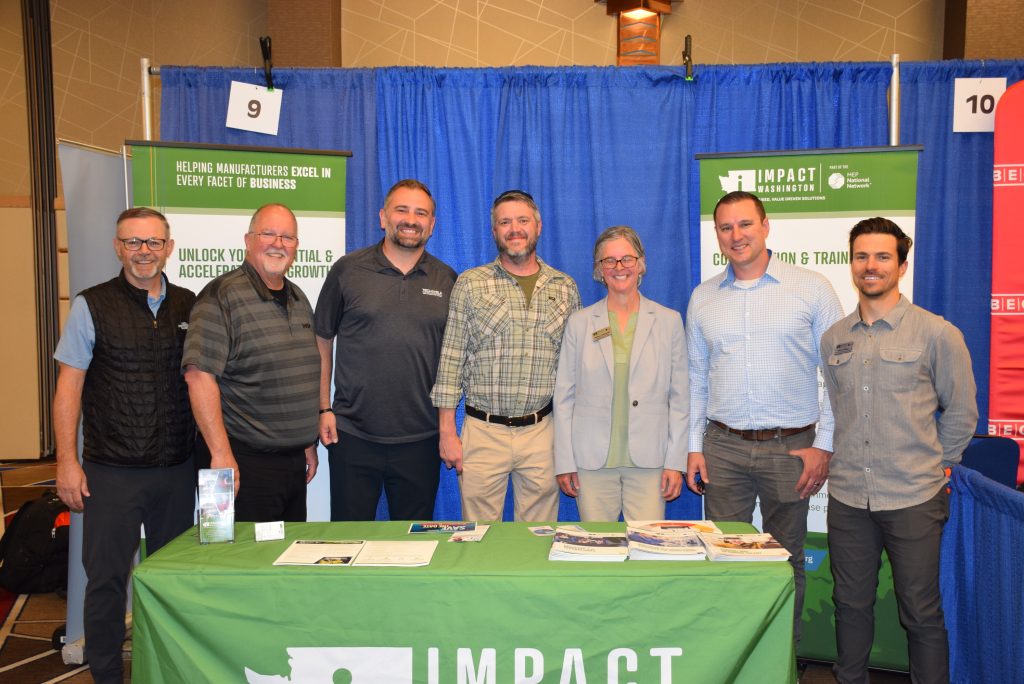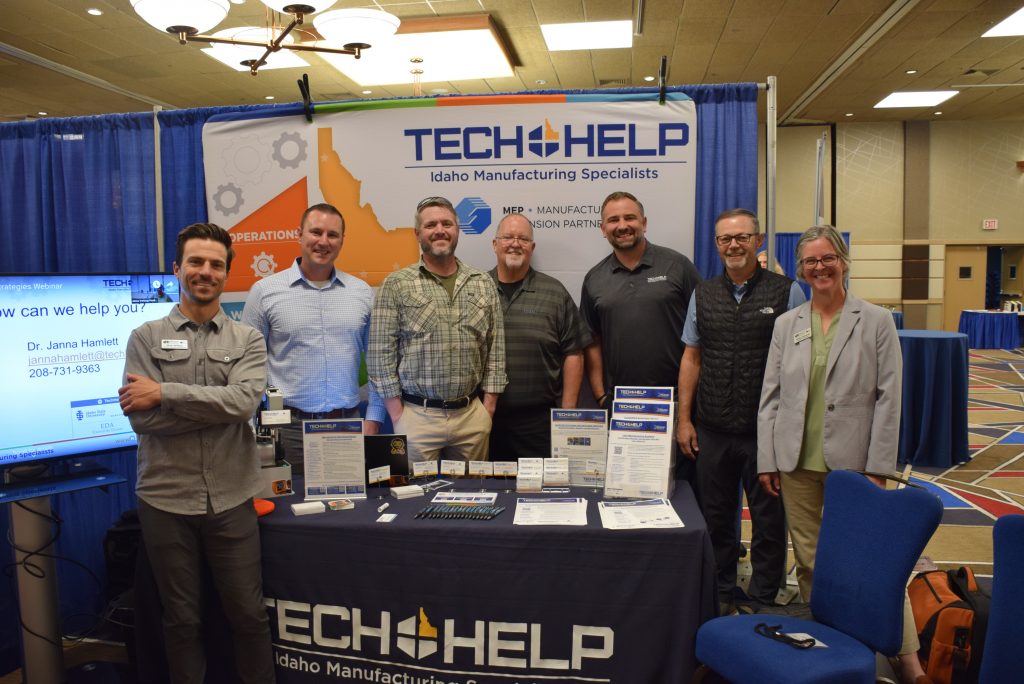The Northwest I90 Manufacturing Alliance held another successful annual conference this May on the shores of beautiful Lake Coeur D’Alene, Idaho. Even with some of the current headwinds of tariffs and global uncertainty, we had record attendance from across the Northwest, Canada, and the Continental U.S.
The scope of the conference has changed in recent years — our group has expanded its focus beyond just the aerospace industry into all advanced manufacturing sectors. With a regional scope covering Eastern Washington, Idaho and Montana, many of our members work in other markets in addition to aerospace — e.g. medical, energy, robotics and others. Part of our program this year included a panel that was comprised of tech hub and industry leaders in photonics, quantum, nuclear, tech and biotech. The conversation touched on the similar challenges that we all faced, whether it was around skilled workforce, integration of automation and tech, policy advocacy, etc.

One of the reasons that we continually advocate for cross-sector collaboration is not only to join forces on the common challenges that we face as market verticals, but also to explore the strengths of shared knowledge. Increasingly — especially in aerospace — we are borrowing from adjacent technology areas to make better products and create better infrastructure for our supply chain.
- Photonics technology and quantum materials are exponentially going to increase the computing speed of intelligent systems in airport operations and next-gen aircraft. Increasingly, laser vision systems are also changing the landscape of commercial aviation as well as influencing vision systems in the battlefield with intelligent airborne drone fleets.
- COVID brought heightened attention to the need for biotech in aircraft interiors with anti-microbial coatings, air recirculation and purification. Biotech also has an ergonomics role to play in the cabins of commercial aircraft, a critical part of the aviation industry customer experience.
- Central Washington State is focused on development of small modular reactors. As the current capacity of the electrical grid becomes more and more of a gating factor for growth of industry and infrastructure, SMRs are seen by many as the best and most efficient way to address this critical need.
From a collaboration standpoint, we are not just connecting with other industries, but international partners as well. This year, for the first time, we had a speaker from Cranbrook, British Columbia attending our conference, part of our efforts at NIMA to partner with other regional industry/tech clusters to facilitate more trade with our Canadian neighbors.

Of particular relevance to NWAN readers is that Calgary, Alberta is emerging as a major inland aerospace hub, developing a supply chain to support De Havilland, Lufthansa and other international OEMs. Their regional proximity — with well-developed supply chain routes to major inland areas like Spokane, Richland, Boise, and Bozeman — presents an opportunity to trade work cross-border to benefit the greater region.
Calgary’s own tech hub and university R&D centers also present significant opportunities to collaborate with their counterparts in Eastern Washington, Idaho and Montana on technology development and assistive technologies in robotics, AI, etc. Current tensions not withstanding, industry on both sides of the border understands the huge upside to collaboration and cooperation across the greater region for the long term.
In closing, we have had a historical tendency in industry to become “siloed” and inward-facing, not seeing the synergies and benefits that might come from collaboration with other disciplines and regions. But if one thing is clear, it is that the future will be blurring those conventional lines of demarcation. As leading technologies and sectors continue to converge, we are only stronger if we leverage each other’s strengths for the greater good.





